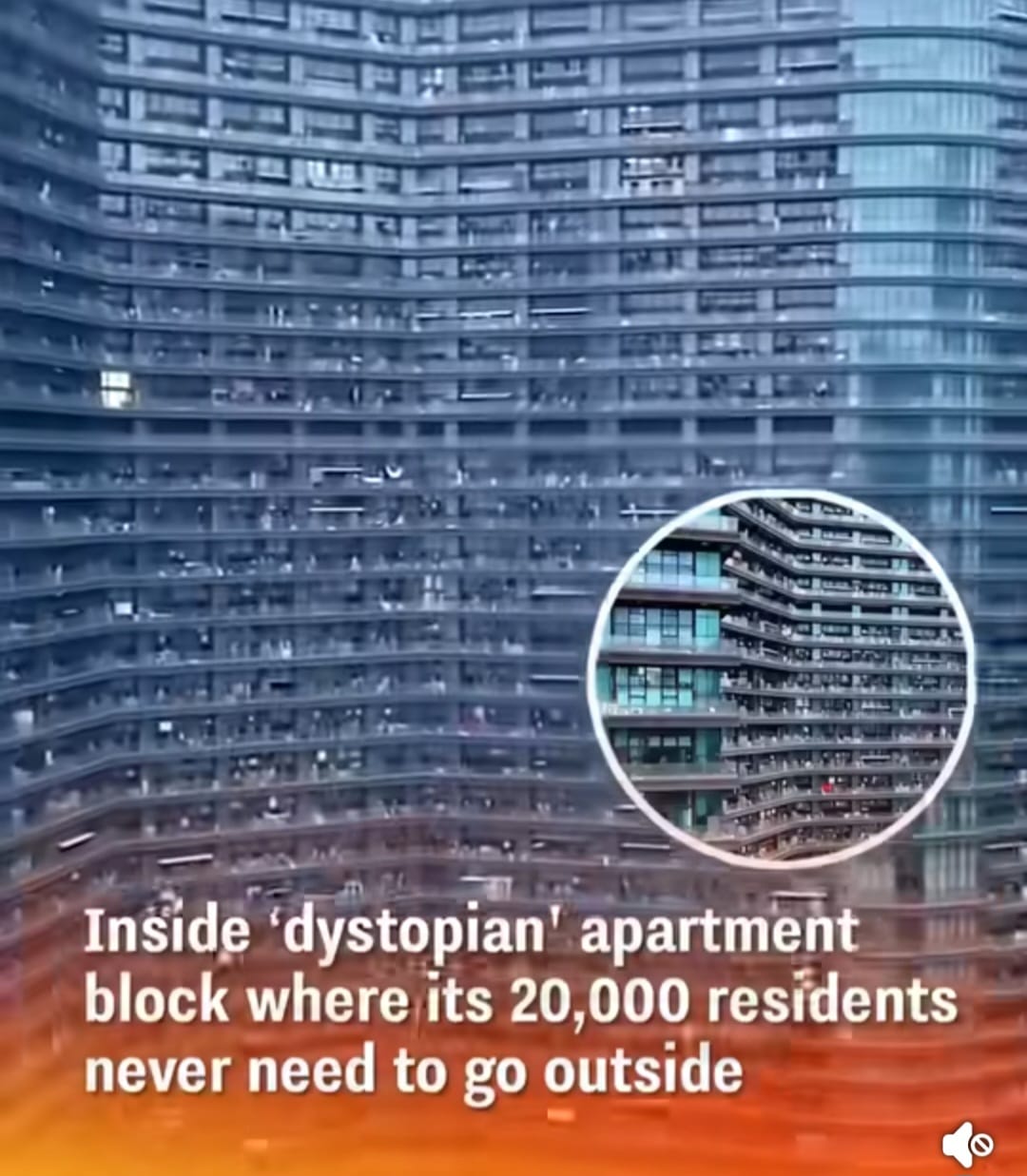Life Inside the 20,000-Person Mega Apartment City
In Hangzhou, China, a single S-shaped skyscraper houses a community of over 20,000 people. This vertical city, containing more than 5,000 apartments, has sparked international debate. Some view it as an urban planning marvel, while others see a dystopian reality.
For its residents, this concentrated lifestyle is simply normal. The building was initially planned as a six-star hotel but was converted into a residential complex. It is situated in Hangzhou’s central business district, a prime location.
The apartments attract students, young professionals, and graduates seeking affordability. Units range from compact studios to larger multi-room layouts. Rent varies significantly based on size and amenities.
Smaller apartments, some lacking windows, cost around 1,500 RMB ($210) monthly. In contrast, more spacious units with balconies rent for approximately 4,000 RMB ($570). The building’s key feature is its self-sufficiency.
Residents have nearly all daily needs met within the structure. Amenities include grocery stores, salons, food courts, indoor pools, and internet cafés. Specific facilities can differ by section, but the principle of a contained city remains.
This model offers a potential future for urban living, centered on vertical communities instead of horizontal neighborhoods. However, it also prompts questions about social interaction, privacy, and the meaning of home.
In Hangzhou, daily life continues within this massive block. It stands as a modern experiment, actively challenging traditional concepts of city life and community.






